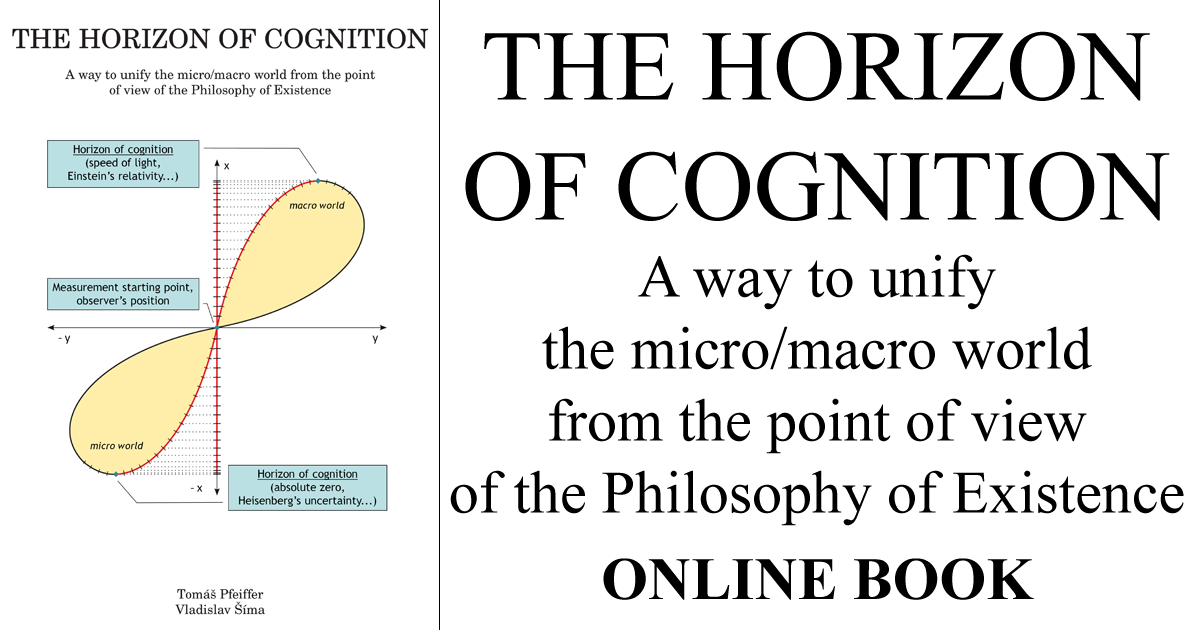Chapter 4
The macro world
4.3 Non-linearity of physical quantities
We have already explained that any kind of interval that is described using a linear understanding of physical quantities (time, space, motion, energy etc.) may appear arbitrarily large or small to us depending on the relative position of the observer. That is a manifestation and consequence of the horizon of cognition.
This statement may seem very strange at first. The easiest way to understand it is to first look at a length or distance. Measuring the length of a coastline is a well-known example. The finer the scale (the smaller the observer) used, the longer the length of the coastline. We can say that the measured length only depends on the size of the measurement units (which the observer of course chooses according to his position). The length itself cannot be defined without stating which scale we have chosen to measure it with. That is clear.
But what if we were to look at rest mass, for instance? Could the same concept be applicable here? Could the rest mass take on arbitrary values depending on who (how large an observer, for example) is investigating it? After all, the horizon of cognition is equally valid in this case as in any other. Perhaps we could use a fractal perspective to help us out here (purely for illustrative purposes):
In our common understanding, the rest mass of any body is related to the number of particles it contains. Can you imagine that, if we were to keep shrinking within our fractal structure, more and more, previously undetectable, particles would appear from behind the horizon of cognition (which always moves with us)? So not only would the body in front of us increase in size, but its mass would also keep increasing in our observation?
In this case too, we can thus conclude that rest mass is not an objectively existing constant, but that its value is given only by our position – i.e. by the interval to which we RELATE this mass. If we change the observer’s position, we also change the observed interval. In a curved world, where only we ourselves are the scale, and thus one of the poles of the interval, this is comprehensible.
And this continues on and on in an infinite circle.
We can observe the same with energy, time, etc. Any measured value will change non-linearly as the observer’s position changes and may take on any arbitrary value depending on the interval defining our observation. Any attempt to measure anything is thus always burdened with error. As mentioned earlier, the measurement error of small intervals can be considered infinitely small, yet at the horizon of cognition its value (the inaccuracy of our observation) grows infinitely.
This perspective makes it clear that even Einstein’s famous and undoubtedly valid equation E = mc2 only captures a tiny fraction of the infinitely many levels of our world’s actual existence.
The philosophical observations presented above (if taken seriously by science) could thus bring about a fundamental paradigm shift of contemporary science’s perceptions of the world and existence.
As a direct consequence of the above stated, we can immediately conclude that the terms gravity and spacetime must also have a fundamental meaning everywhere – not only in the universe, but also in the micro world.
And so, in order to reach a unifying philosophical explanation of the whole world, we must also take a look at gravity3, as it is currently considered to be the basic force that helps create and structure our world.
3Gravity is a universal force manifestation among all forms of matter. It has an infinite range and, according to current scientific knowledge, it is always centripetal, attractive (which is why science considers it to be monopole). As will be explained further, in the rhythm of time, this attractiveness (centripetalism) is rotated by its repulsive anti-pole (centrifugalism). This means that the principle of duality is maintained here as well.
Read more >>

